Youtube vs Vimeo
With an estimated 1.13 billion unique monthly visitors between them, YouTube and Vimeo have become online video giants. Despite common features, the two sites can be very different, especially in the eyes of search engines. So which one should you choose to give you the best chance possible of creating a viral marketing campaign?
YouTube
The most well known of all the video publishing sites out there, Youtube is usually the first port of call for anyone who wants to host a video. Compared to Vimeo it usually does much better in the SEO rankings due to being owned by Google, and has more monthly visitors than Vimeo. This search engine connection does wonders for visibility (which is vital for successful viral marketing campaigns)and for a small fee your video can be at the top of Youtube’s homepage for a brief period. For this reason it’s often where you’ll find marketing videos and viral content, so if you want your video to gain maximum attention, Youtube is usually the right place to upload a video to.
As a video platform Youtube is constantly evolving, but it’s always been geared towards the casual viewer (i.e. someone who follows vlogs) With the amount of suggested content surrounding the video and the propensity for Youtube comments sections to get out of control quickly, it’s likely that you’ll want the video embedded on your website where it can be viewed alongside all other branded material. This has the added bonus of driving traffic directly to your site, rather than to Youtube itself.
As Youtube is becoming a social media platform in its own right, you may get visitors specifically to your channel to see what other content is available. Therefore it’s important that your channel is branded appropriately, and is highly organised – especially if you have a back catalogue of different types of videos and plan to add more in the future. You can add a profile image, a banner, and playlists of content, as well as a featured video which will play automatically, which are all features intended for businesses. For more tips on how to enhance your Youtube channel, see our blog (link to blog)
Vimeo
Vimeo is a slightly different kettle of fish. It’s got more of a reputation for being home to short films and avant garde media. That said, the emphasis is less on the social media aspect (though likes, comments and news feeds are in place) and more on the quality of the content uploaded.
Like Youtube, you can embed Vimeo videos on other websites, but Vimeo’s embedded web player is much simpler and feels cleaner. It’s a good place to show off video once it’s done, but it offers better options for reviewing video, replacing it with a different version, and privacy as well. It allows you to replace the video with a different one (while keeping the same URL) and you can password protect videos if they need to be sent for review. These password protected videos won’t show up on a public search, unlike Youtube which will show them to anyone but won’t allow them to play them.
Vimeo does not allow much channel re-branding (aside from the profile image and some basic information) as it is primarily used by individuals.
The Verdict?
Youtube is more commonly used by businesses, it has a great channel organisational structure, and due to its relationship with Google, it will always do very well in the SEO rankings.
Vimeo has great features for hosting content that’s still in draft form, and the settings are easy to adjust. It has a reputation for hosting great quality content and videos can easily be embedded on other websites.
Both are worthy of their positions as top video hosting sites but they have their differences. Decide what you’re looking for in a hosting site before choosing.
To find out more about us and our services, please click here.


















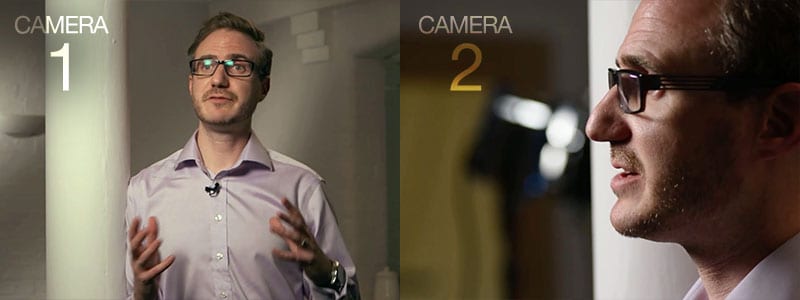
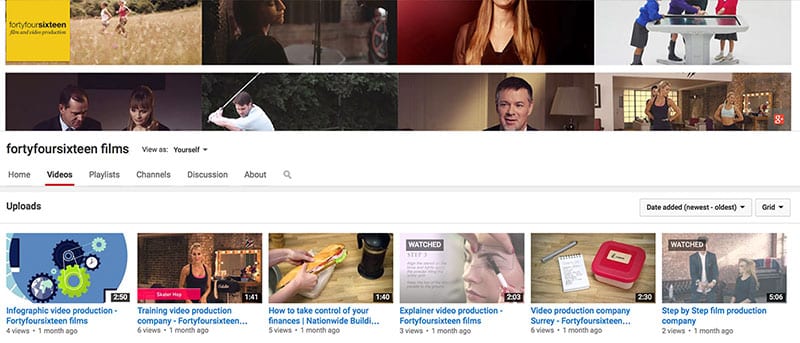


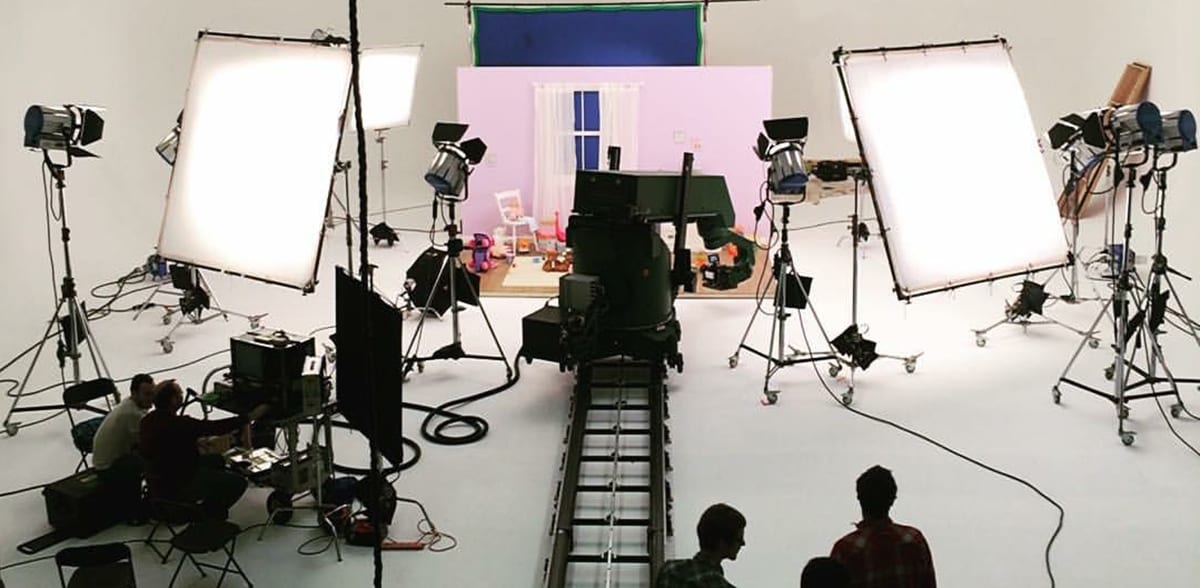


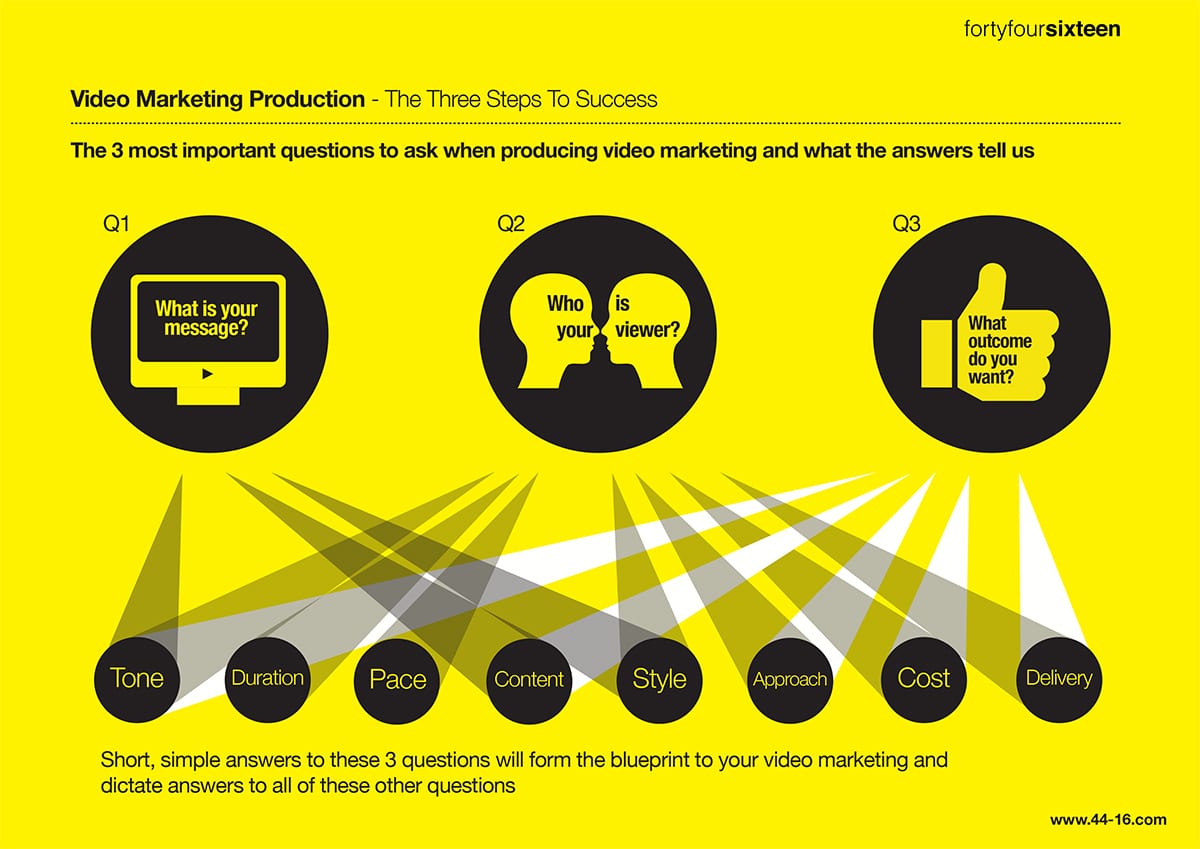
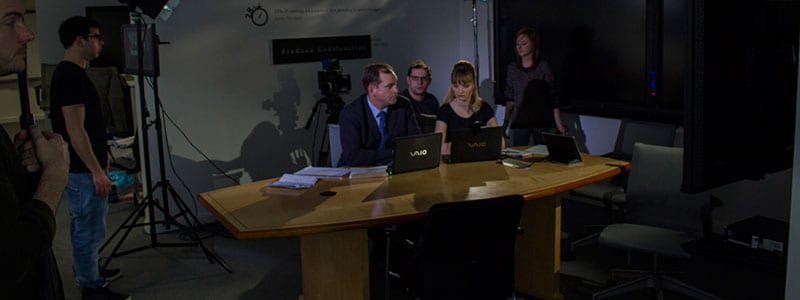

Recent Comments